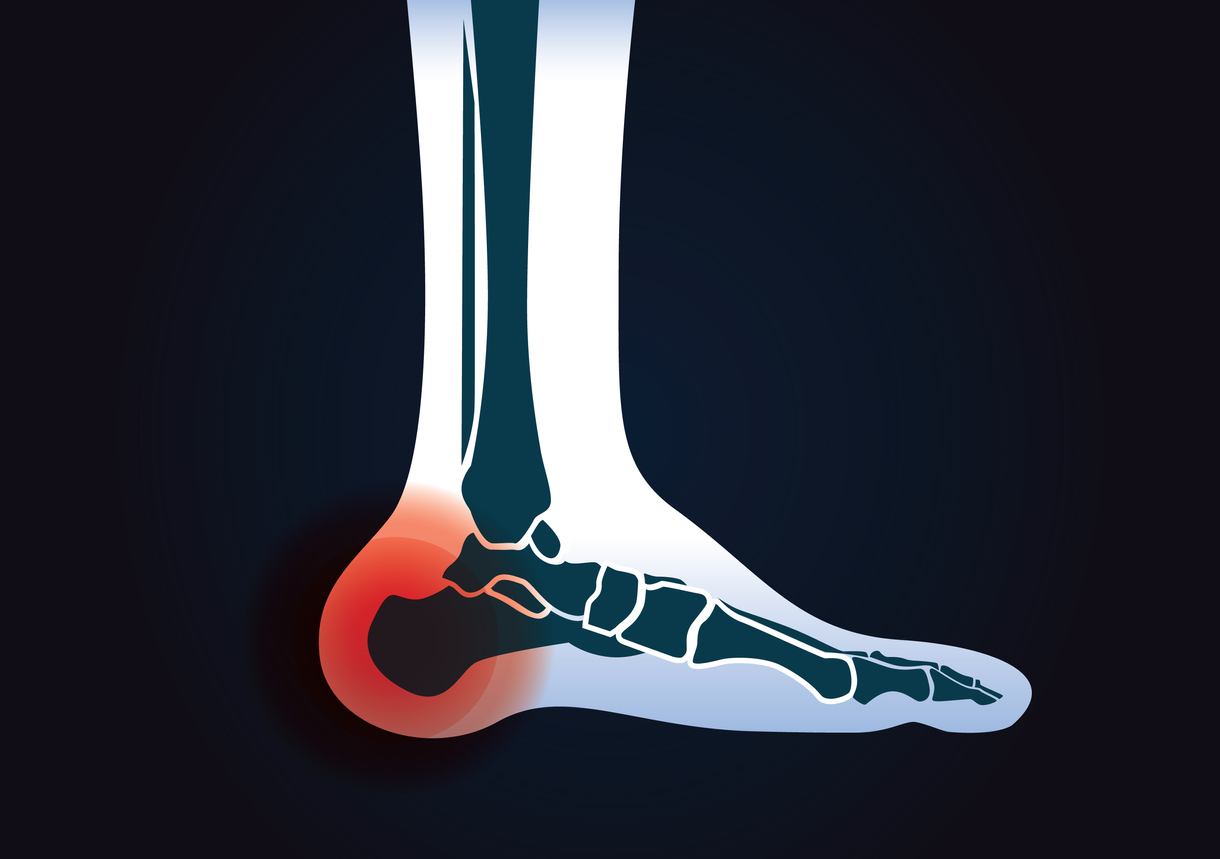Heel pain is a relatively common phenomenon that will affect the vast majority of people at some point in their lifetime. While heel pain can be a result of an acute injury, it is more often the result of repeated stress due to physical activity or another risk factor.
Major Factors for Heel Pain
Understanding your risk factors cannot prevent heel pain all of the time, and you may need heel pain treatment in Los Angeles on some occasions. However, knowing the risk factors that are most likely to increase your chance of developing heel pain may help you to reduce your risk.
With that in mind, these are the most common factors that cause a higher risk of heel pain.
Middle Age
For a lot of people forty is the new thirty, but that doesn’t necessarily mean that your body has gotten the memo. People are most likely to develop issues with heel problems between the ages of 40 and 60 due to wear and tear on the muscles and ligaments that support your weight.
“Pounding” Exercise
Regular exercise is an important factor in your overall health, but it can also lead to injury. You may be more vulnerable to heel pain if you regularly engage in “pounding” exercises. Common examples include running and jumping, both of which can repeatedly strain your feet and heels.
Flat Feet
The term flat feet is often used to describe a person whose foot doesn’t have a particularly strong arch. In some cases, this structural difference can put additional strain on the plantar fascia and other supporting ligaments.
Exaggerated Arch
On the opposite end of the spectrum, too strong of an arch can strain your feet in its own way. In both cases, the ligaments that run along the bottom of the foot cause inflammation and pull on the heel, which can lead to discomfort.
Poor Form
Very few people walk with perfect form, but there are some bad habits that could cause you to experience heel pain more often than the average person. Walking too far on the instep, the outside of the foot, or even on your toes can strain the normal function of the complex structures that allow your feet to support you.
High BMI
Obesity is a risk factor for heel pain; however, that is only one part of the story. Any sort of significant weight increase is going to put strain on your heels. That includes excessive muscle weight. The one difference you should consider is that targeted stretches and training may help your feet to carry your weight more safely.
Standing for Long Periods
Anyone who works in a position where they stand the majority of the day is more likely to experience heel pain. Common positions that cause heel pain include nursing, teaching, waitressing, and cashiering.
You can offset this effect to a certain degree by wearing supportive footwear with orthotics designed to accommodate your feet during long hours of standing.
Unsupportive Footwear
Wearing cheaply made footwear and heels prove two major risk factors for heel pain. These shoes do not provide the necessary support for your foot, and in some cases they actively put your foot into a harmful position.
While it isn’t always possible to redeem every shoe, you can talk to your doctor about inserts and other forms of support that can be used to improve your overall comfort while wearing less-than-ideal footwear.
Treating Heel Trouble
The good news is that most heel concerns can be treated with rest, stretching, and a few lifestyle adaptations. Even people with chronic cases can typically get relief without resorting to surgery. Fortunately, when surgery is necessary you will have access to minimally invasive heel surgery in Los Angeles.
